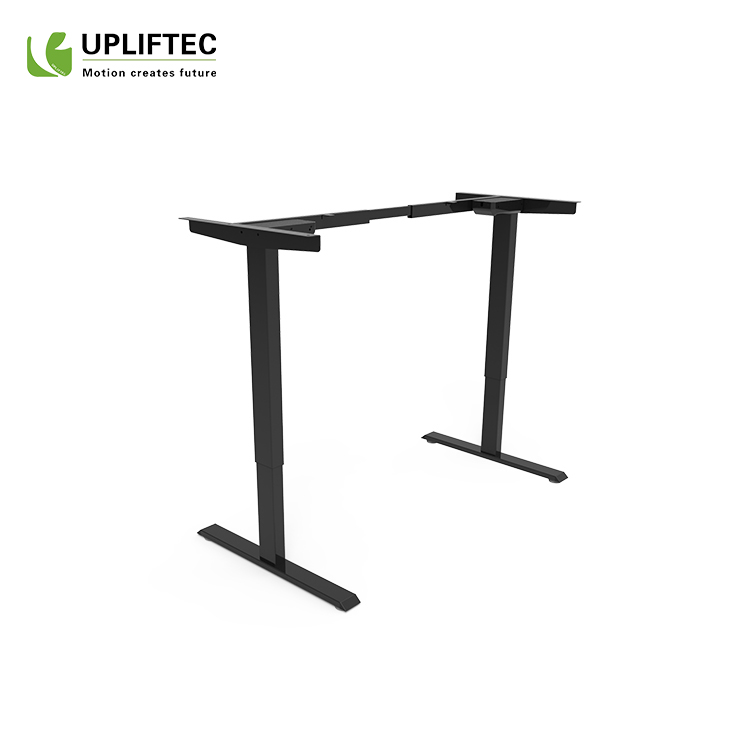Mountaineering Getting Started FAQ
What is the difference between climbing and climbing at high altitudes?
What preparations do you need to make before your first climb?
What will be the reaction to the plateau for the first time? How can we adapt quickly?
What is the difference between high altitude areas and plain areas?
The biggest difference is the difference in oxygen content. At an altitude of 4,000 meters, the atmospheric pressure is 620mb, which is equivalent to about 60% of the plain area; at 5000 meters, it is 54%. Thus, when exercising at high altitudes, the heart and lungs will be subjected to greater loads to meet the needs of physical activity. At the same time, the temperature dropped with the increase of altitude, and the temperature dropped by 6 degrees Celsius for every 1,000 meters above sea level. In addition, the unique landscapes and climbing lines formed by the ice and snow and ice rim topography at high altitudes are also quite different from the plains.
What is the difference between climbing and climbing at high altitudes?
Because of the harsher natural conditions in high altitude areas, mountaineering conditions must be studied before climbing to choose the mountaineering season and route and reconnaissance and determination. When hiking, it is necessary to correctly determine the physical condition of each person and establish a feasible climbing plan; meanwhile, due to a longer period of time in mountainous areas , You need to do a lot of material preparation.
What preparations do you need to make before your first climb?
Preparations include equipment, basic knowledge and physical fitness. Prepare appropriate equipment for the peak conditions of the mountain climbing, including tents, sleeping bags, clothing items, and technical equipment. Before climbing, you should receive basic mountaineering knowledge training and have certain field activities. The necessary physical training can enhance the heart and lung function and improve the body's ability to adapt to the plateau.
What will be the reaction to the plateau for the first time? How can we adapt quickly?
When you quickly climb to high altitude above 3500M, you will experience headaches, dizziness, shortness of breath, chest tightness, loss of appetite and other symptoms. Severe cases may include nausea, vomiting, insomnia, fatigue, mild purple lips, and facial edema. At the beginning of the plateau, strenuous exercise such as running and jumping should be minimized, and diet and sleep should be adequate and normal; wave-like rises can help adapt to height. Regularly take a short break, and use soft exercise and deep breathing to strengthen the circulation function and height adjustment during rest. Usually, more physical training should be used to increase oxygenation.
For the working population, sedentary is a common normal, all kinds of lumbar disease, cervical spondylosis "into" people's body, bring a lot of trouble to people. Sitting for more than 2 hours without standing up and changing sitting posture is considered as sedentary.
Stand up desk is of great help to healthy office, and modern people's demand for health is also growing. Fully stand in the perspective of users to think about the problem, and the lifting desk with freely adjustable height can bring users a new experience of healthy office.
stand up desk can adjust the height of the desk according to its own needs, so that it can work in the most comfortable state.

Stand Up Desk,Motorized Standing Desk,Stand Up Computer Desk,Ergonomic Stand Up Desk,Adjustable Desk
Suzhou Uplift Intelligent Technology Co., Ltd , https://www.upliftecdesk.com